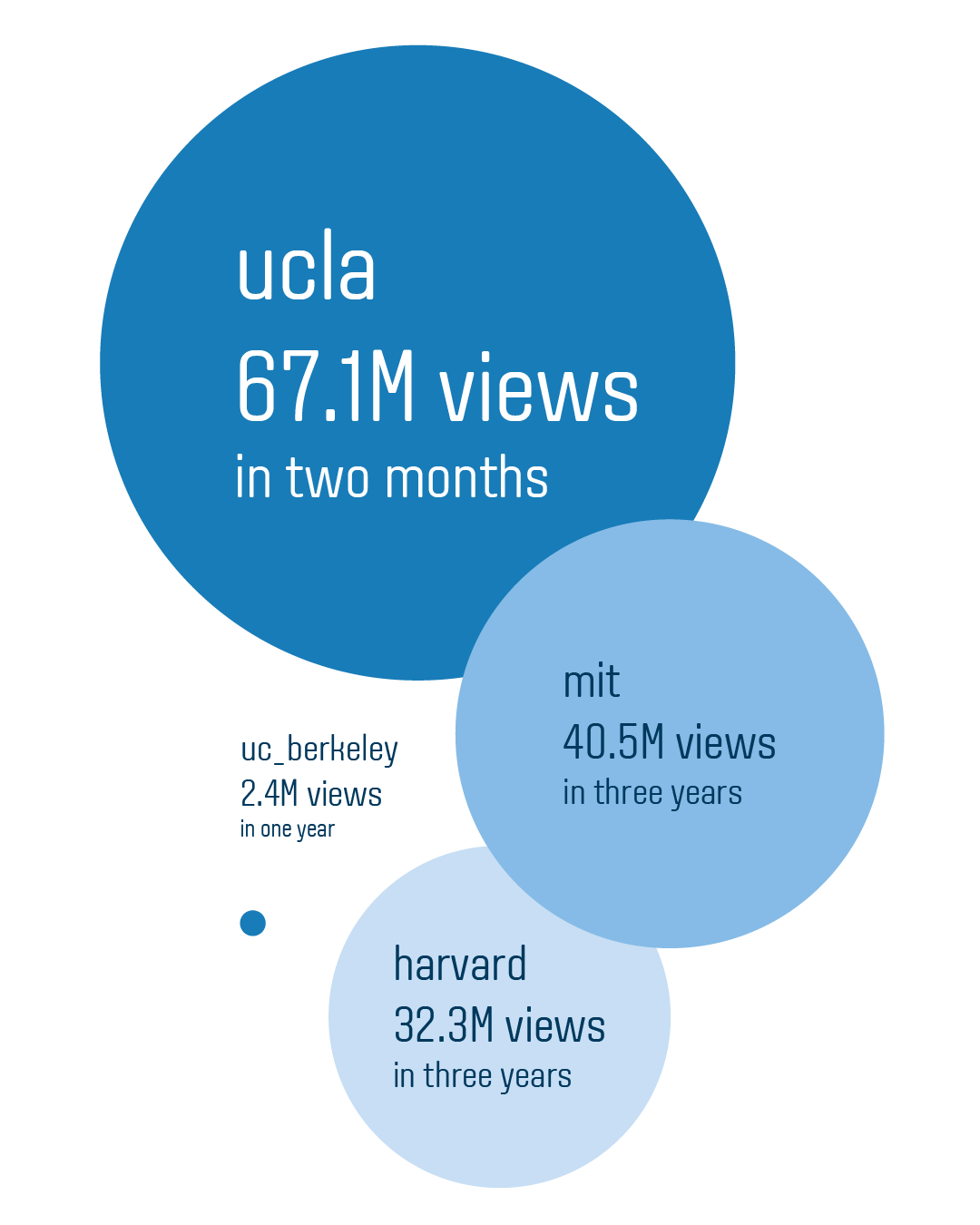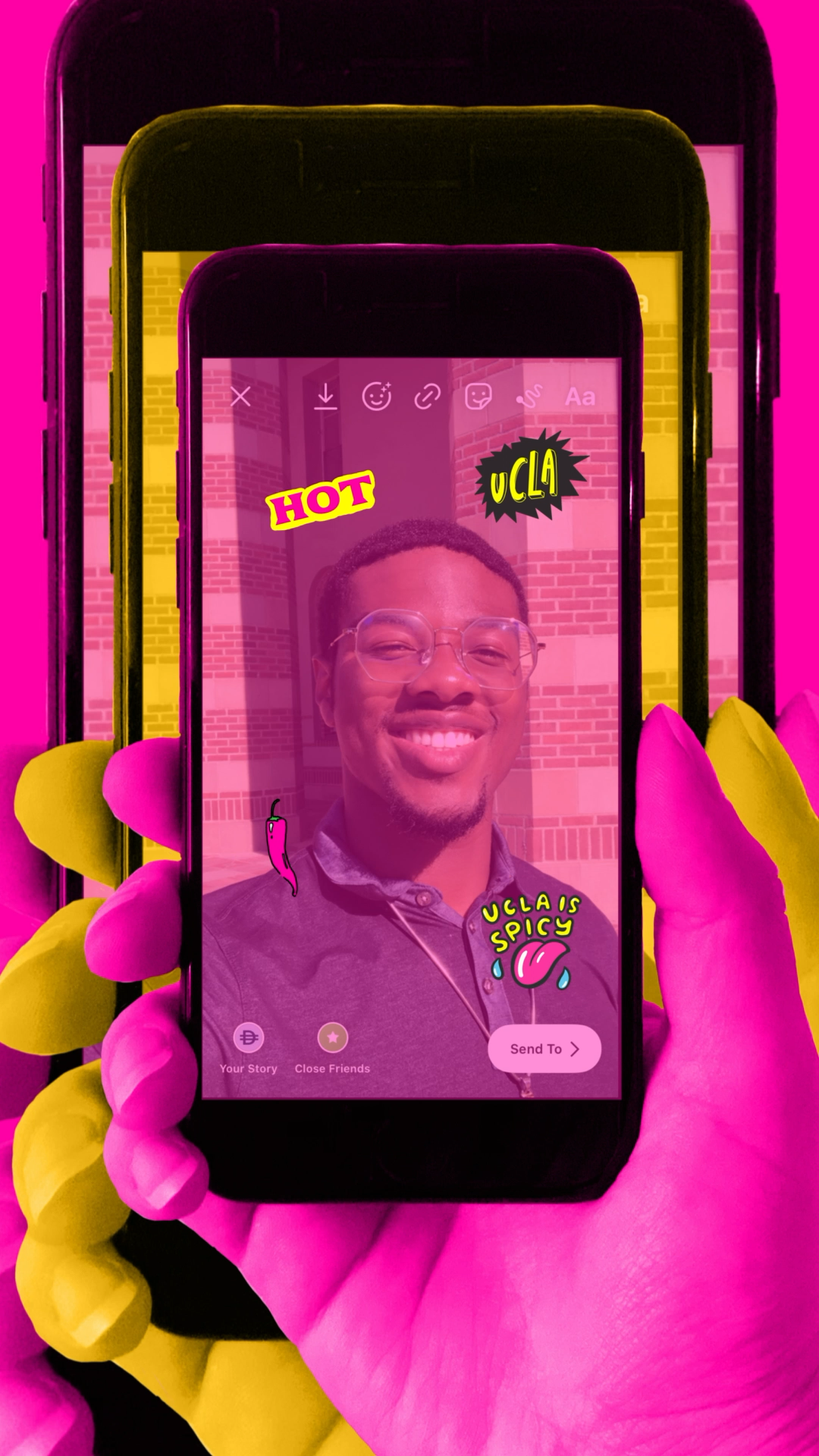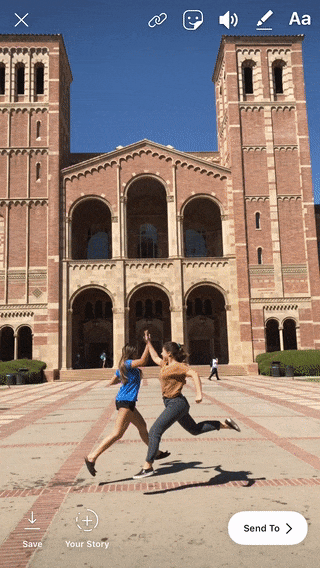
The @ucla GIPHY Project
The Brief
Launch and shepherd the verified GIPHY channel for the #1 public university in the country.
The Outcome
One billion views in 18 months, the most-viewed social platform for @ucla and #3 in overall viewership across all Power Five universities.
The Team
Paul Mendoza, Program Manager
Hannah Park, Jessica Borchardt, Esther Abosch, Vanessa Codilla, Rachel Tu, Ashley Lanuza, Alex Choy, Audrey Ruiz, Magie Le, Kiana Abad, Muling Shi, Ainsleigh Douglas, Gabbie Bernales and Becca Cheung, Designers
Jesse Herring, Matthew Geddert, and Lori Vogelgesang, Program Advisors
My Roles
Creative Direction, Art Direction, Project Management, Design Education, Design Research, Motion Design, Brand Strategy.
01 :: Draft the Agreement
A friendly training gym for the summer.
It’s the summer of 2018, and my team of UCLA students and I were ready to chill out and kick back. The programming demands of the academic year were in our rearview, which opened up our schedules to travel, touch grass, and try out new creative things just for the fun of it.
Instead of writing a formal centralized charter that governed the whole team, I opted for lower-pressure 1-on-1 connections so we could be more flexible with scope and scheduling.
To define our approach, we have our principles in place from earlier in the year: to tell the kinds of stories that empower, enlighten, diversify, and humanize us.
But one big question that lingered was: who is “us”? How would we define our audience, and how would that impact our creativity and production? And most importantly: what kind of project could take us through the summer months in a playful and low-key way?
Luckily, I had just the thing.
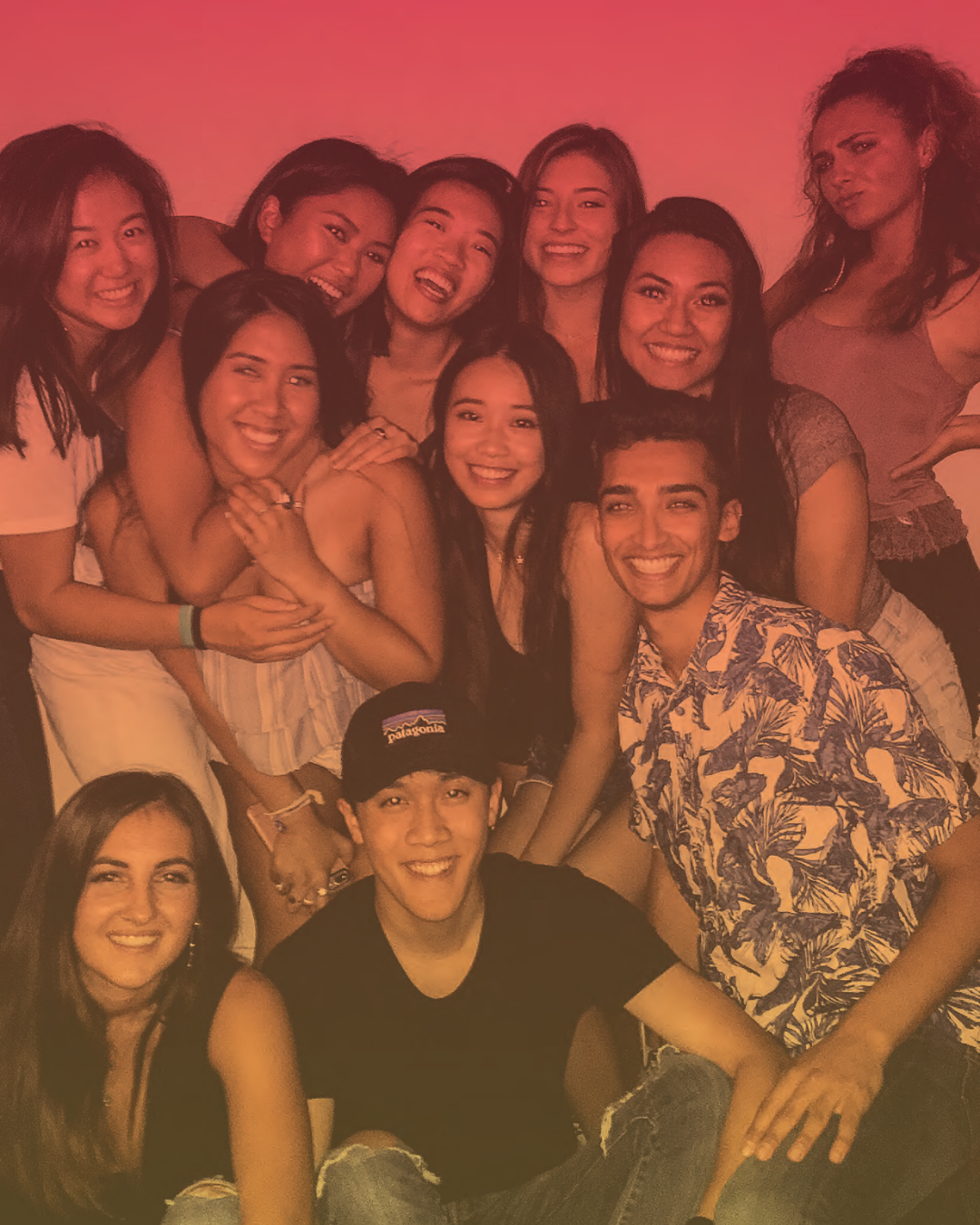
02 :: Discover the Opportunity
Stickered stories respawning in plain sight.
When you’re new to a team, or new to a tool or service, I always try to resist the temptation to jump in right away. Instead, I sit back and observe and pay close attention.
The student team at @uclahousing decided to get into the Instagram Stories game right around the time I started working there, and analytics for Stories became available in January 2018.
So I started counting. Not just what the reports gave me, but what went out organically in every shot: the length of each sequence, the publication scheduling, the camera angles, all of it.
One finding stood out well above the rest: 17% of @uclahousing’s Instagram Stories featured a transparent GIF sticker.
But none of them were UCLA-specific. Because UCLA didn’t have a GIPHY channel then. It was a blue-and-gold opportunity for my team and I to make a community-wide impact.
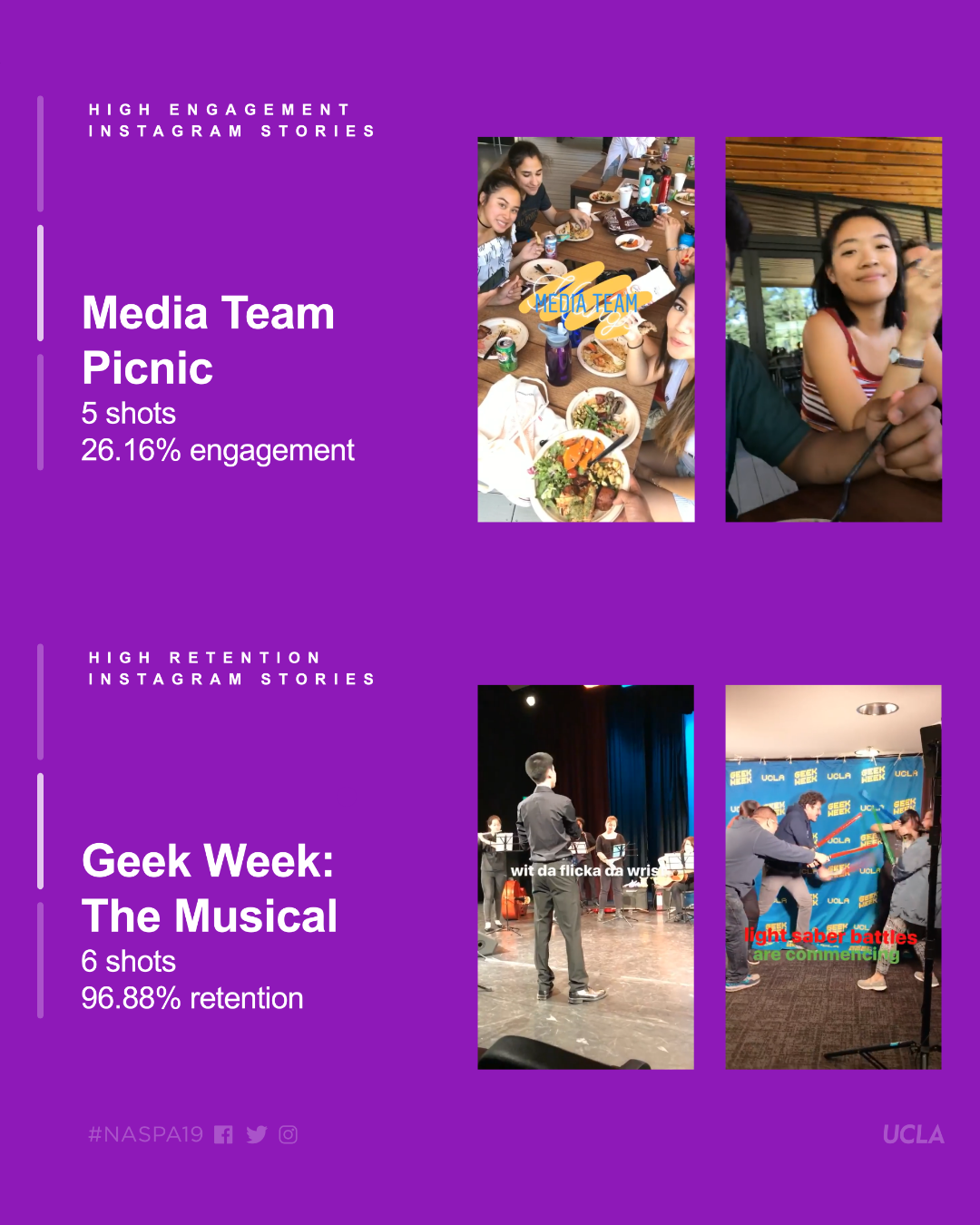
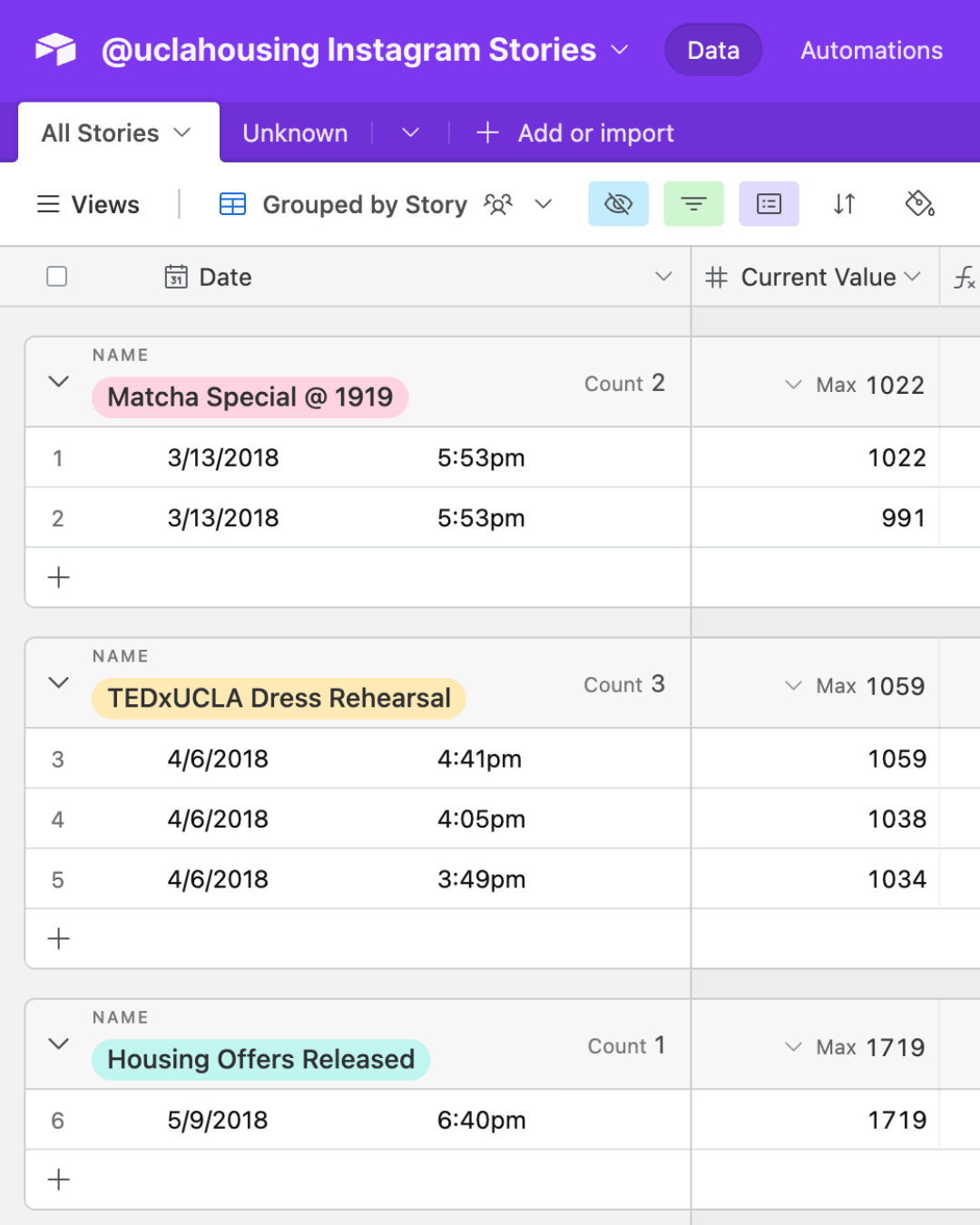
03 :: Define the Strategy
Choosing our starter types.
UCLA wasn’t the only one without a GIF sticker presence. Only a handful of Power Five universities made an investment in GIFs at the time, and the few schools who did have a GIPHY account focused primarily on athletics.
Since the student experience wasn’t a huge part of our competitors’ content strategy, I knew it would be smart to differentiate ourselves by centering student life in our own content strategy. We held a distinct advantage here, as our Housing and Hospitality teams worked intensively with Student Affairs back in 2017 to map out a student’s complete journey through our residential campus.
So we made the critical decision to frame roughly half of our animated GIF work as UCLA-specific and the other half as campus-agnostic. That way, our content could serve our local campus communities while broadly reaching college students anywhere in the world.
As more ideas and possibilities opened up in the early stages of @ucla GIPHY, the plan increasingly felt like a game of Pokémon: “catching” different feelings and stories in quick bursts, establishing “trainers” with unique skills and perspectives, and “leveling up” each piece of content as part of a multi-faceted collection.
I had faith that this “Pokémon” approach could prove highly adaptable on several levels: to students’ intermittent summer schedules, to our designers’ varying tastes and skill levels, and to the ever-shifting demands and trends within our core market of current Bruins.
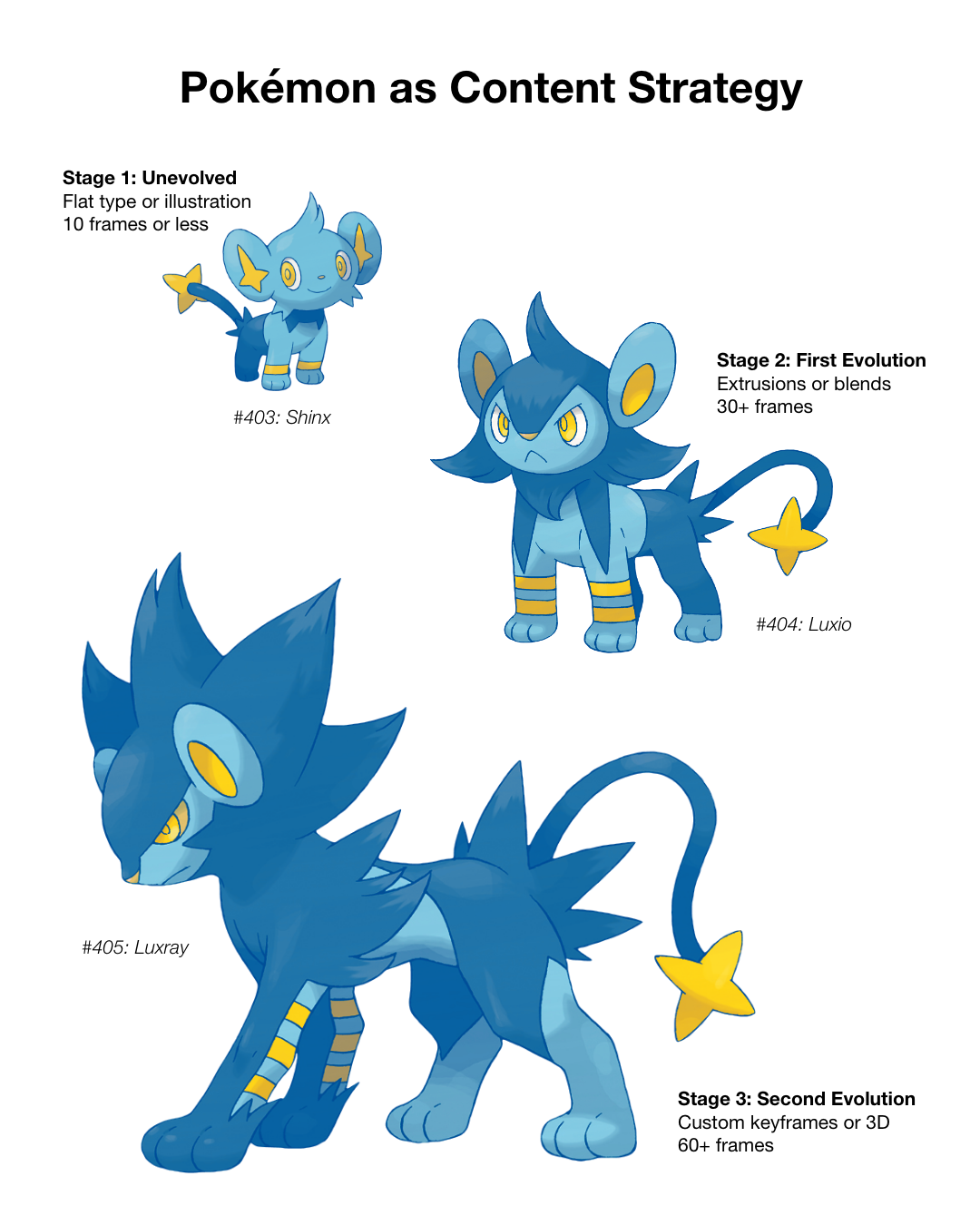
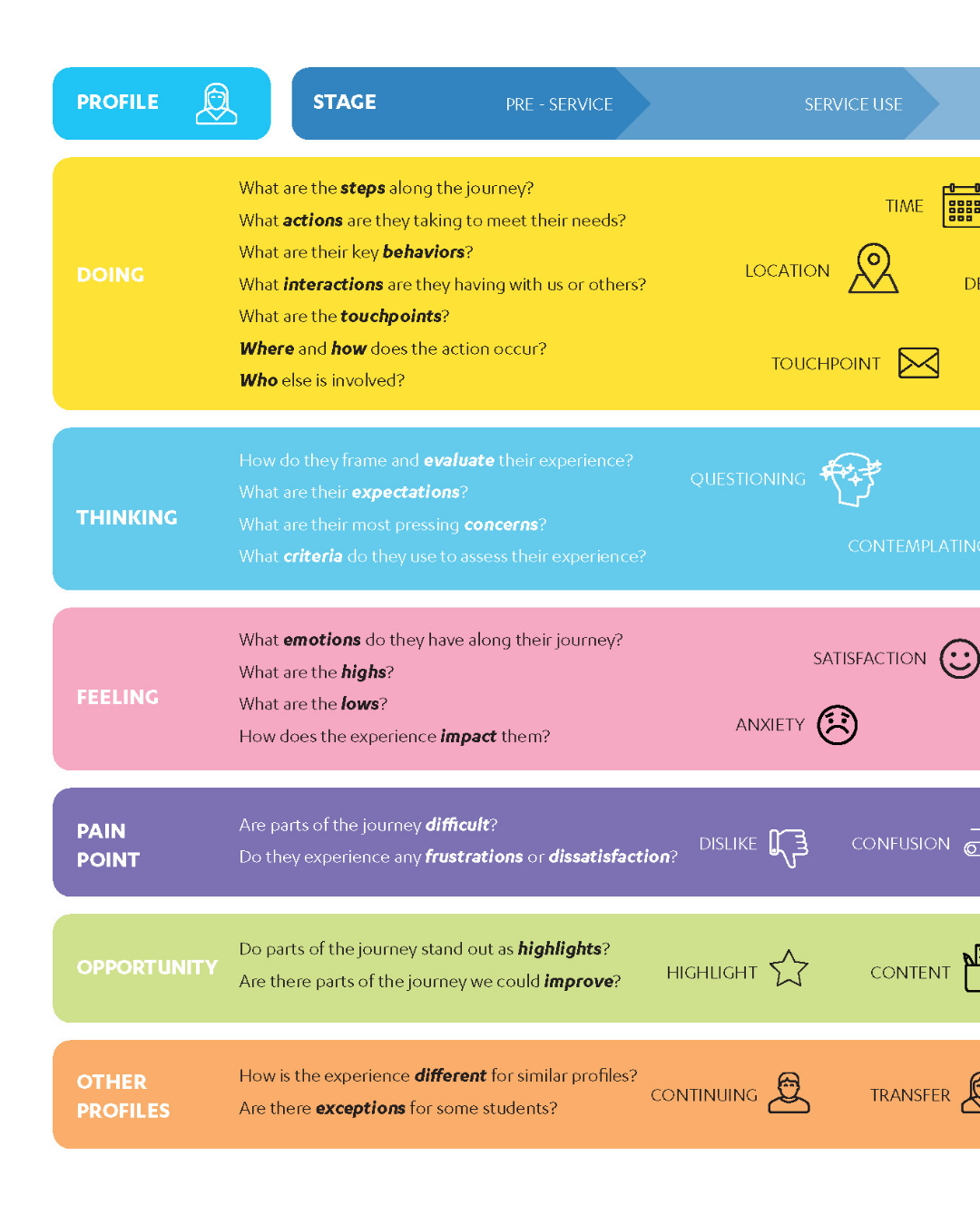
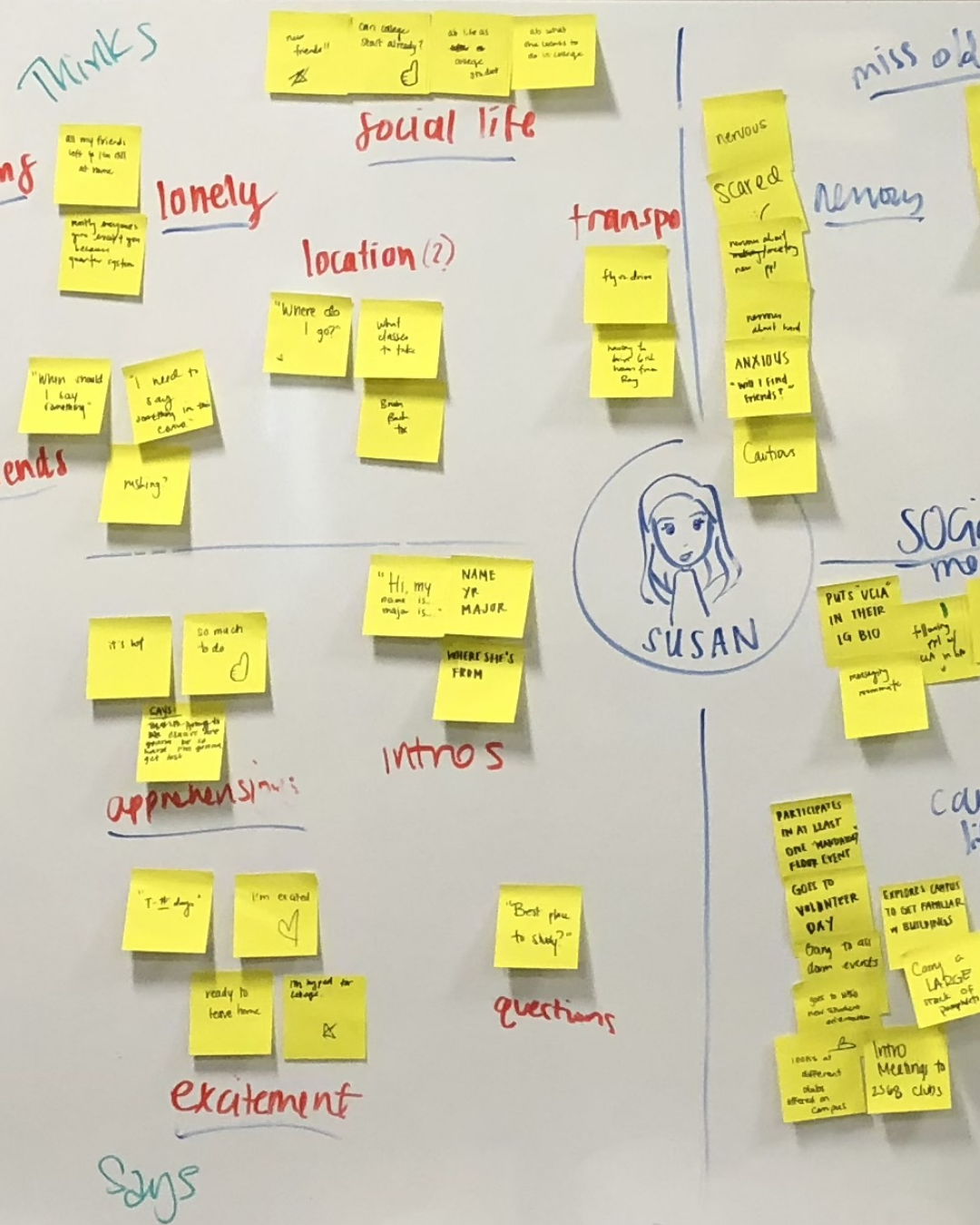
04 :: Develop the Prototypes
A stage-three evolution.
So how would our Pokémon summer trainer gym for GIF stickers look in practice?
To generate a more focused and specific picture for our campus partners, we built empathy maps that focused on the summer before freshman year and knocked out our earliest GIFs based on those events.
Once the foundations were completed, the briefs opened up to include basically anything and everything that students found interesting. We had no idea what worked yet, so if students had the time and interest, every idea was a good one at that point.
When directing students through the creation of each GIF, I maintained an educational and developmental approach. We experimented with lots of different formats and tools and started out our newest team members with simple one-off keyframes before developing their personal style through more robust themed collections and more advanced animation techniques.
When we tested some of our early GIF stickers with close friends, we learned that many weren’t familiar with the practice of adding GIF stickers to their stories. We expected this literacy gap with staff, faculty, and alumni, but many of our student body were also unaware. In response, we shot tutorial videos and promotional stories to bring more people along.
05 :: Deliver the Results
Gotta GIF ’em all.
We soft-launched in July 2018, giving our team two months to deliver a robust asset library of 100 stickers for UCLA’s annual campus-wide welcome event, True Bruin Welcome.
When my students and I started this journey, I modestly thought we’d hit a million by the end of the year and call it a success. Instead, we reached our first million views in less than a month.
By the time we presented the new service to student and campus leaders in mid-September, we surpassed schools like Berkeley and MIT by amassing 65 million views. School hadn’t started yet, but it looked like our “Pokémon” approach was already paying off.
We hit 100 million in less than 3 months. Then we hit an astounding 1 billion in 18 months. Every now and then, one of our stickers would rack up 20 million views in a single day. It was a wild time!
When we shipped the final piece of the GIPHY-fied first-year journey, a New Student Orientation collection, we could confidently say that each one of our 600+ GIF stickers could apply to any aspect of the UCLA journey, and to university student-facing conversations the world over. In Pokémon parlance, we caught ‘em all.
And as our GIF stickers grew in popularity, so did the after-market applications. We released our own “IRL” sticker packs once a quarter. It was also cool to see the stickers pop up in unexpected ways, like in edited videos or posters or presentations.
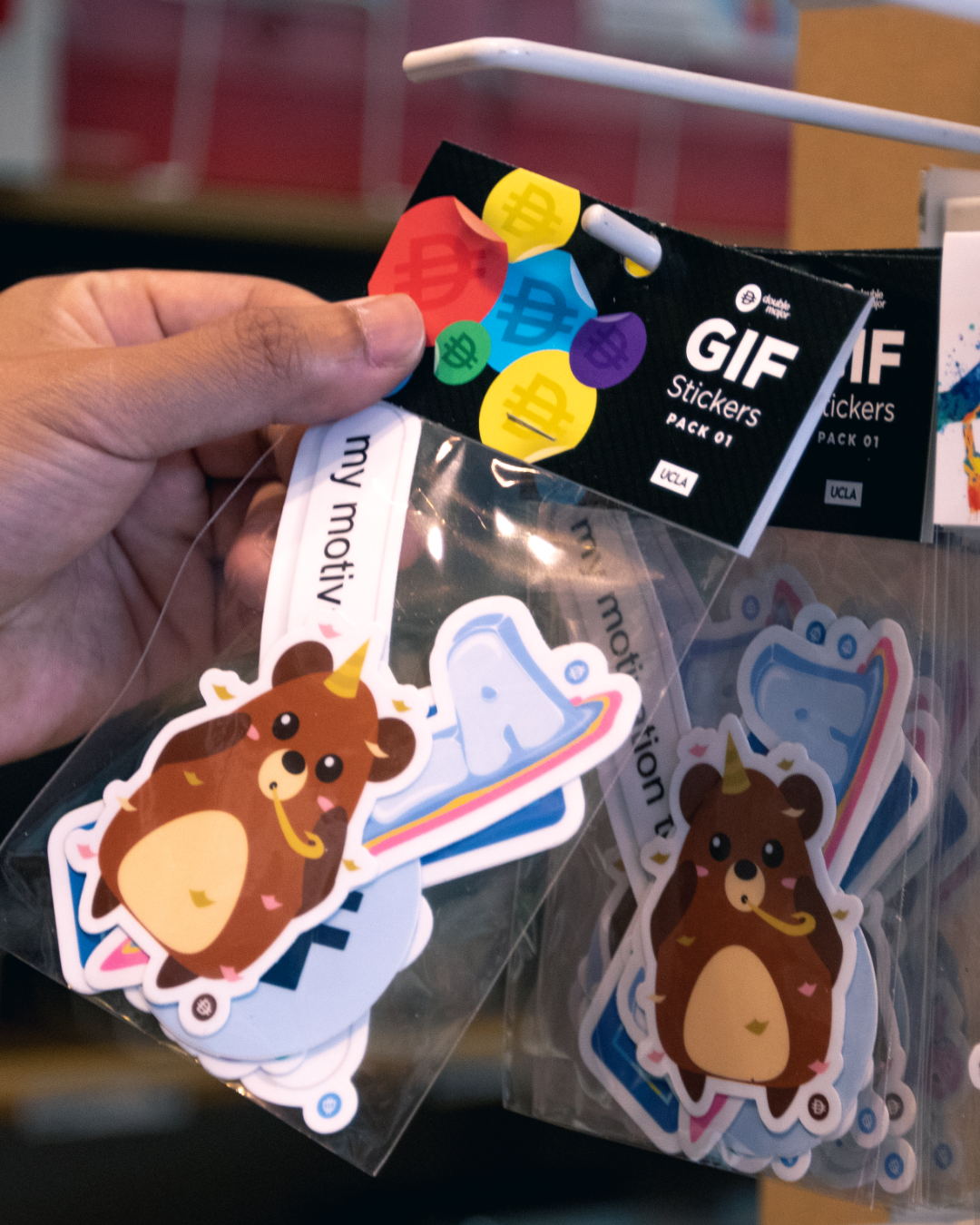
06 :: Debrief the Milestones
In a league of our own.
My team and I truly felt like we were the very best, like no one ever was. We turned @ucla GIPHY into the third-most-viewed university account in the world, we won two ACUHO-I Marketing Awards for our work, and I was invited to speak at three conferences about our strategy and results.
The skills required to make GIF stickers translated well for the next wave of social media visuals our team would soon tackle, like animated Zoom backgrounds and AR lenses for Snap, Instagram, and TikTok.
One of the major things we had to deprioritize was the production of standard GIFs for messaging and social media. We only ended up doing a handful of standard GIFs, which never performed as well as the stickers did.
If I could turn back time, I’d divert more resources to standard GIFs, particularly as sticker traffic declined in response to the changes in Instagram Stories and Snap culture in response to TikTok.
@ucla GIPHY remains one of the proudest moments of my career with so many outcomes I couldn’t have imagined. But the outcome I’m proudest of is the growth I saw in my students, and the relationships we built across the whole campus through this platform.
